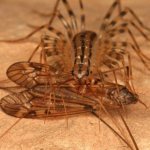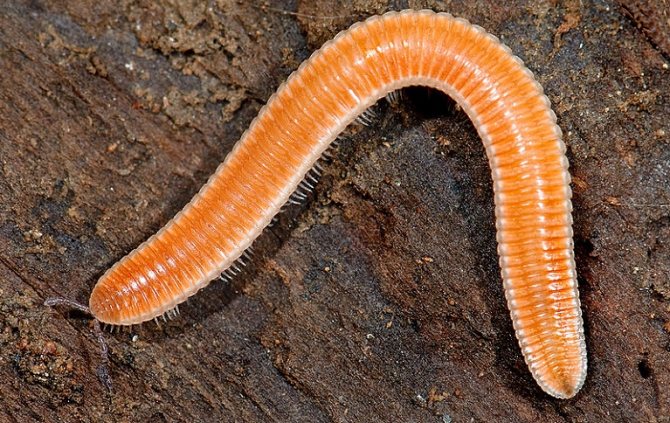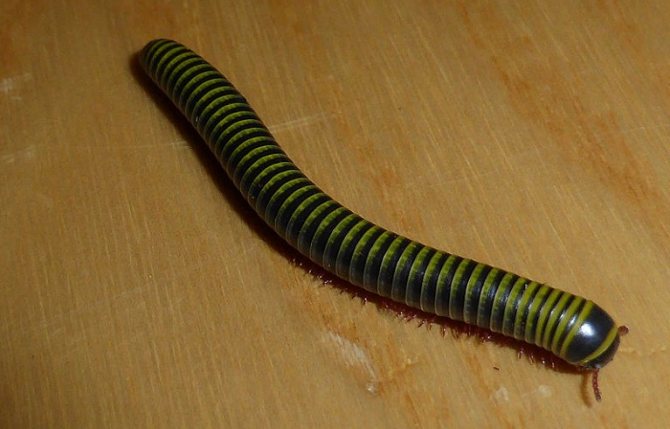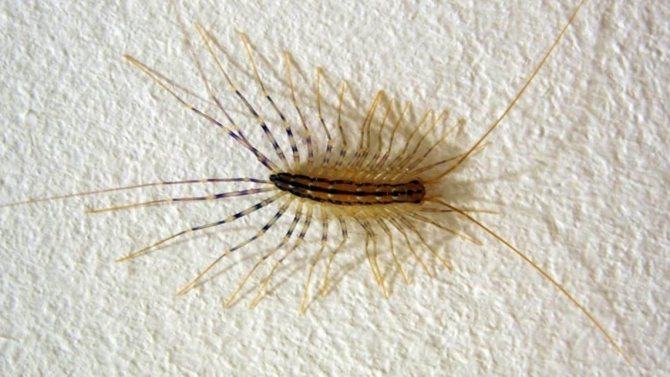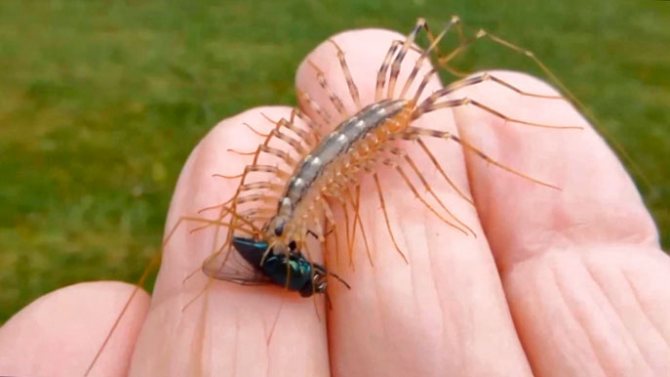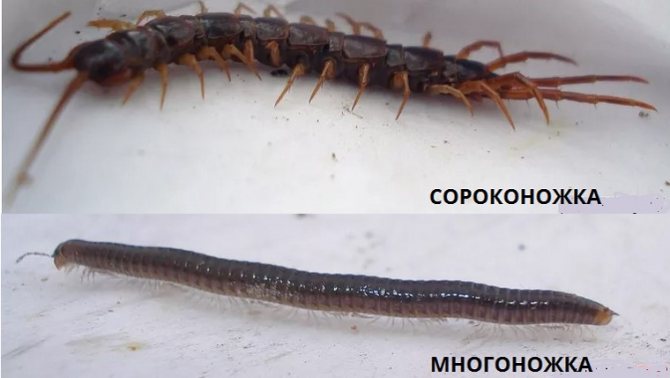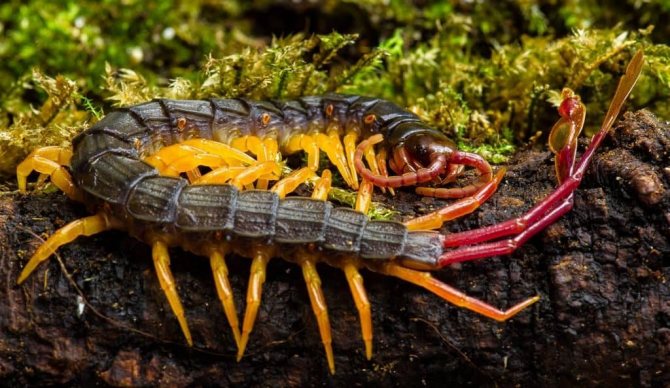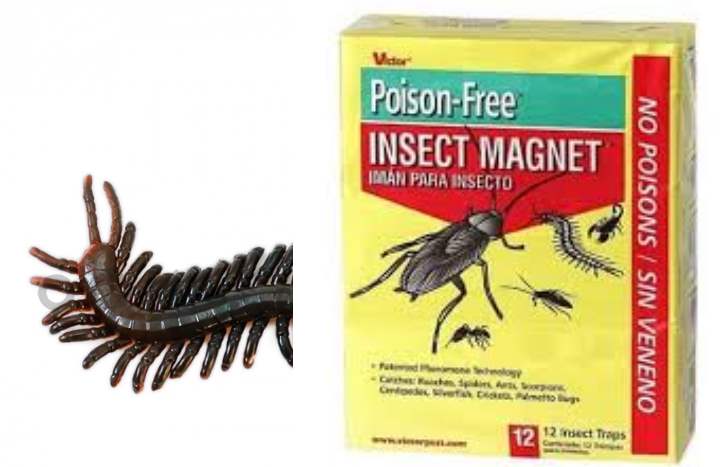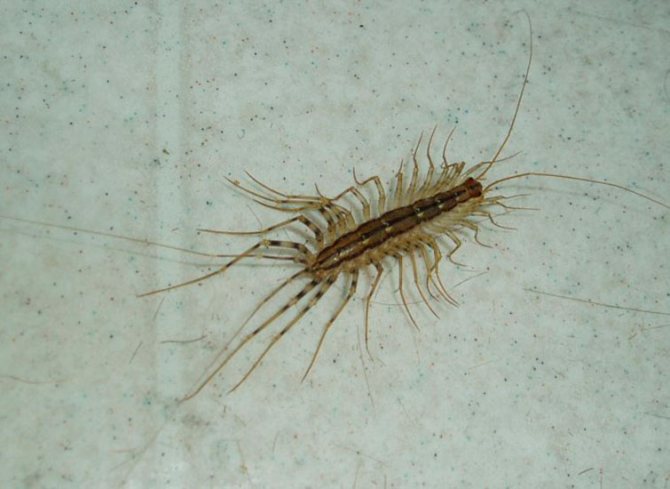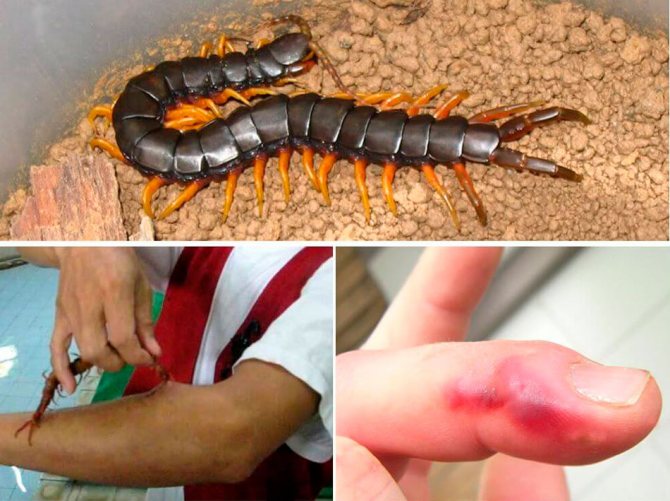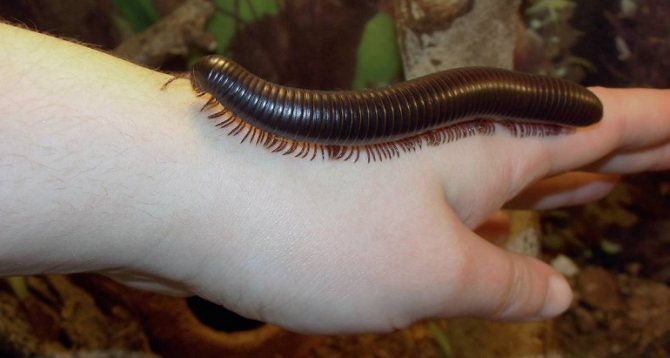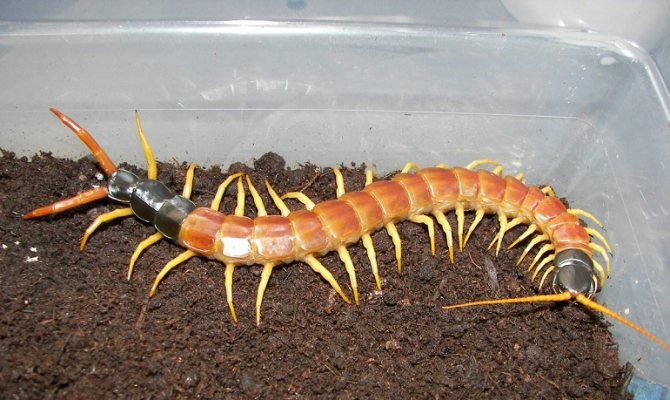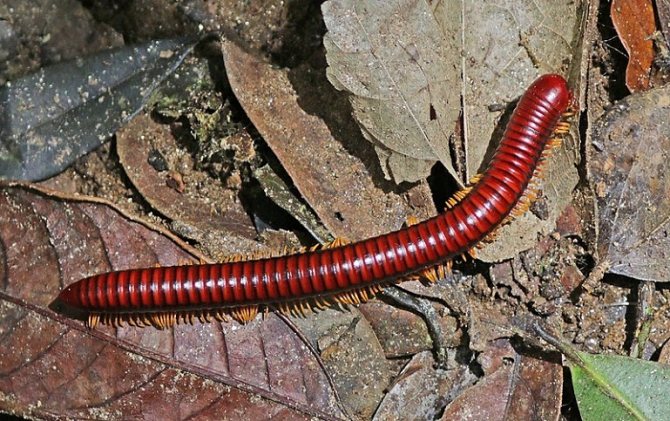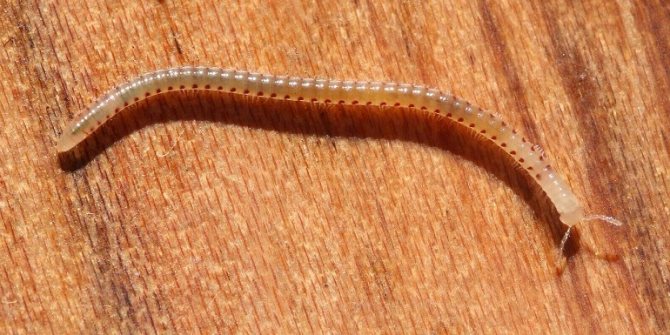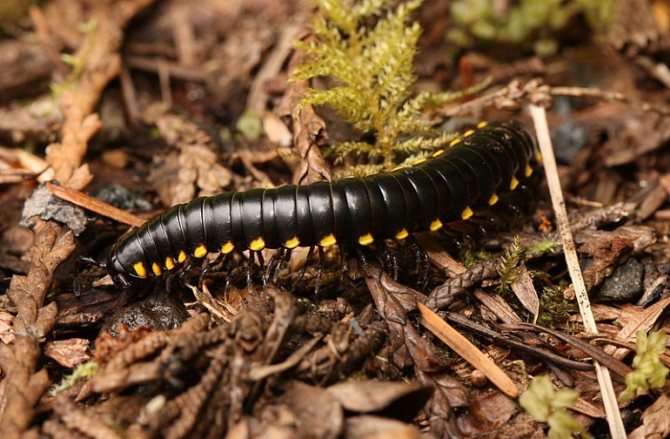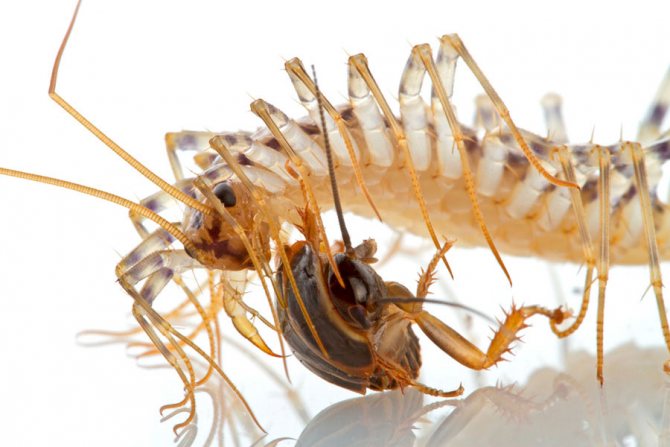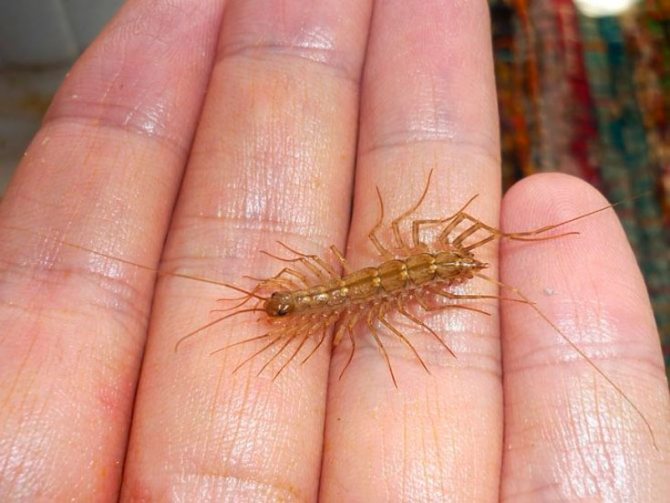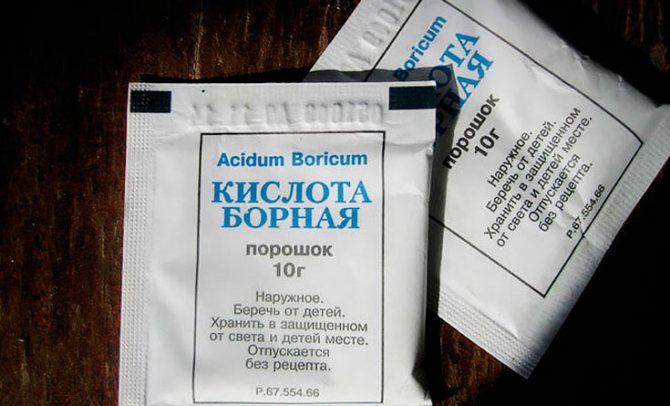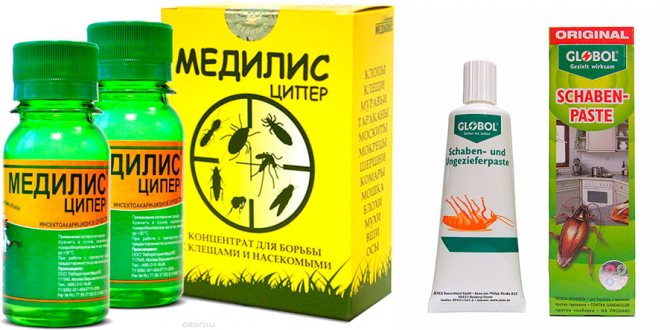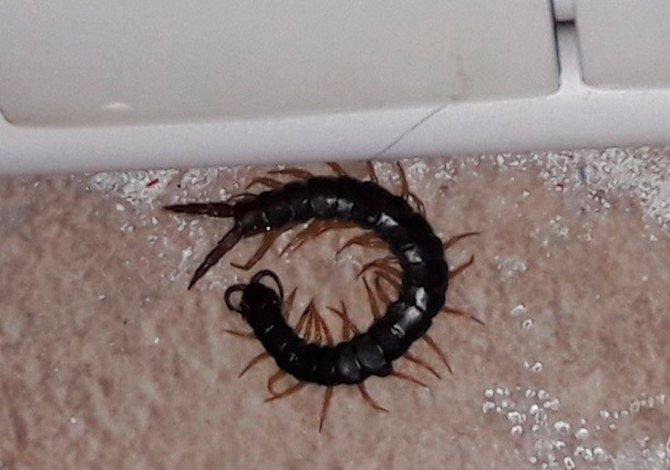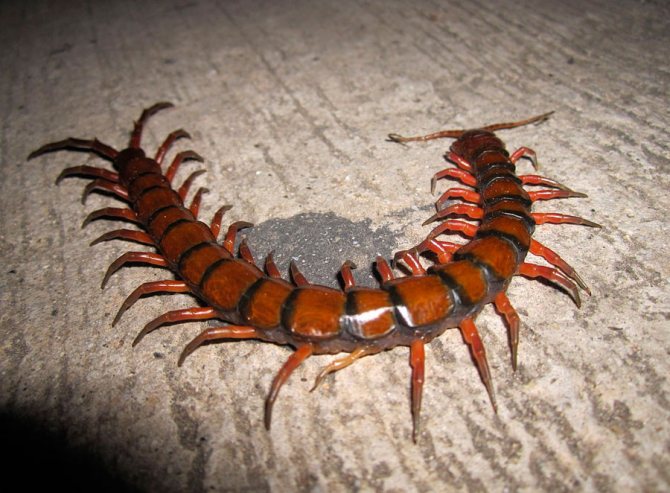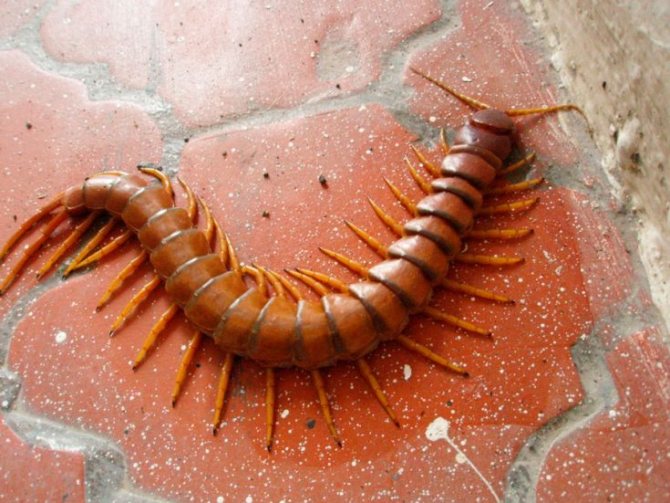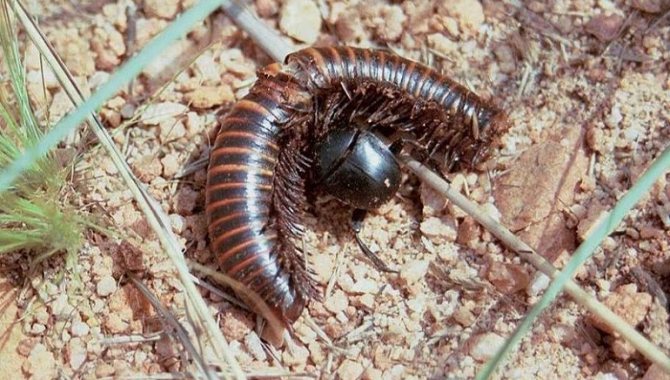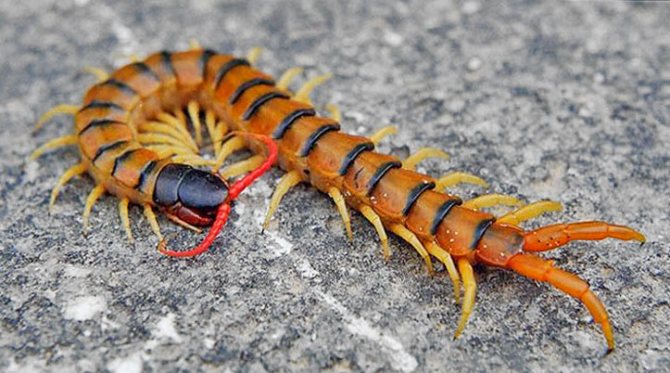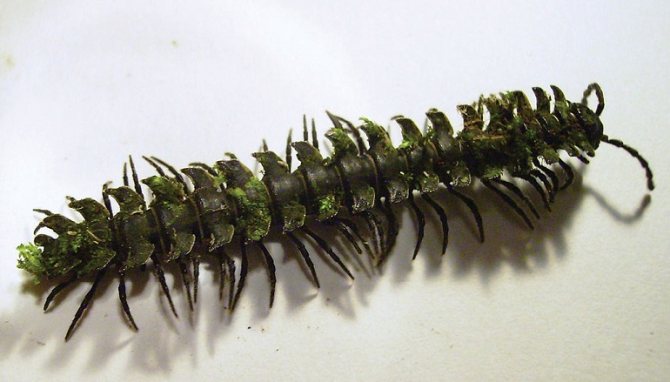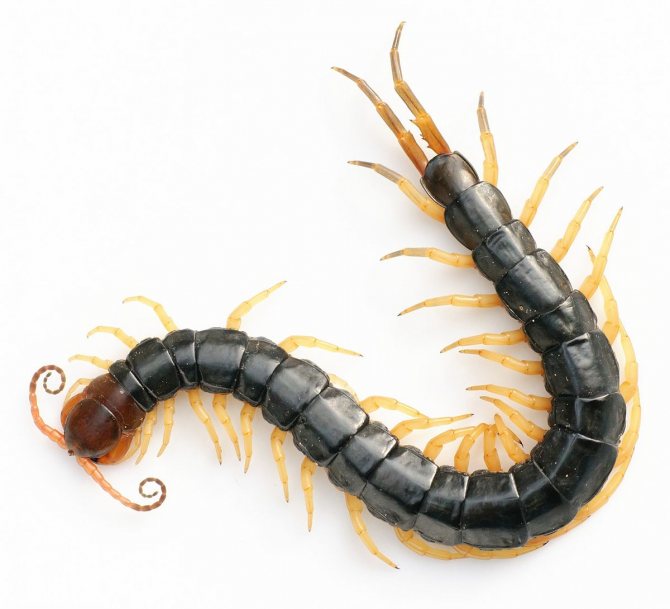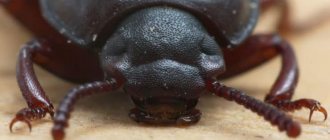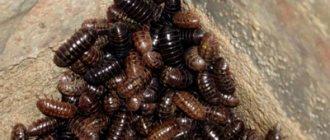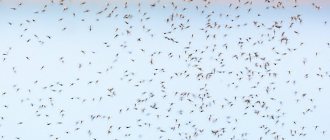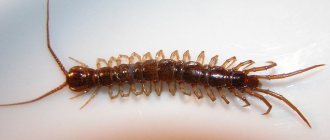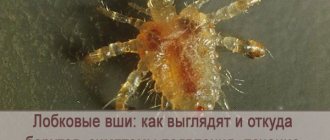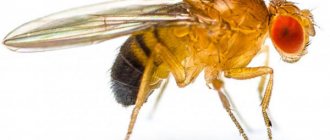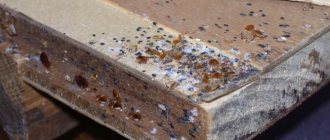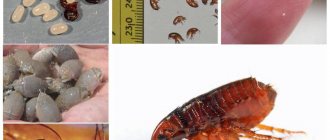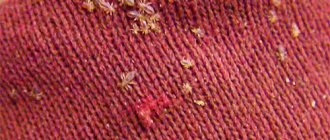- Wild animals
- >>
- Insects
Centipede - an unpleasant insect. It is believed that this ugly creature is very poisonous and can harm humans. But, despite the frightening appearance, most of them are not particularly dangerous, with the exception of such monsters as the scolopendra and several other rare species.
Should you be afraid of a centipede
Based on the diet of the insect, we can say that the flycatcher is rather a friend of man. This is a useful insect that eats pests in the house and apartment.
Arguments in favor of the centipede:
- She cannot damage property: she does not spoil interior items and does not touch food. The centipede only needs insects.
- The flycatcher leads a "hermit" lifestyle. Practically out of sight.
- It is not a carrier of infections.
- In the south, centipedes are guests of honor in vegetable gardens and fields, because they help to protect crops from harmful insects.
- In Ukraine, the insect is even listed in the Red Book.
Behavior
They feed on spiders, bed bugs, termites, cockroaches, silverfish, ants, and other domestic arthropods. The poison is excreted through the forcipules. Not through the lower jaw, therefore tourniquet, not bite. They are night hunters.
Despite their developed eyes, they rely on their whiskers when hunting. Antennae are sensitive to both odors and tactile information. Use mandibles and legs to hold prey. Thus, they can deal with several small insects at the same time.
To catch the prey, they either jump on it or use their feet in a technique described as lasso. The use of legs to defeat prey is also described.
They have adapted the diet to the type of danger the victim may pose to them. For wasps, retreat after applying the poison to give it time to take effect.
When the flycatcher is at risk of becoming prey, it can detach legs that are trapped. It has been noticed that Crimean flycatchers take care of their legs by curling around them.
1902, CL Marlatt, US entomologist, gave a short description:
“You can often see them sweeping across floors at very high speed, sometimes stopping suddenly and remaining absolutely motionless. Then they resume their rapid movements, rushing directly at the inhabitants of the house, especially women, obviously with a desire to hide under their dresses. They create a lot of fear. "
How a centipede gets into a human dwelling
In their natural environment, centipedes live in fallen leaves. They hibernate in warm shelters. Therefore, with the onset of cold weather, these insects can crawl into the house. The room temperature is quite suitable for the comfortable living of flycatchers.
A centipede can appear only where other insects live, otherwise it will not survive without a constant source of nutrition. If there is a place for flies, spiders, cockroaches in the house, then you should be prepared for the fact that a flycatcher can settle there in search of food. She will simply come from the street or from a neighboring apartment.
Centipedes usually live in the basements of private houses, basements. It's all about the humidity of these places. And insects can go hunting, moving around all rooms. The time for the active period in the flycatcher can be both during the day and at night. But nevertheless, she often hunts in the dark.Having chosen a victim, the centipede waits motionlessly on the wall, showing mastery of endurance. Due to the ability to develop high speed, it easily overtakes a cricket, fly or cockroach.
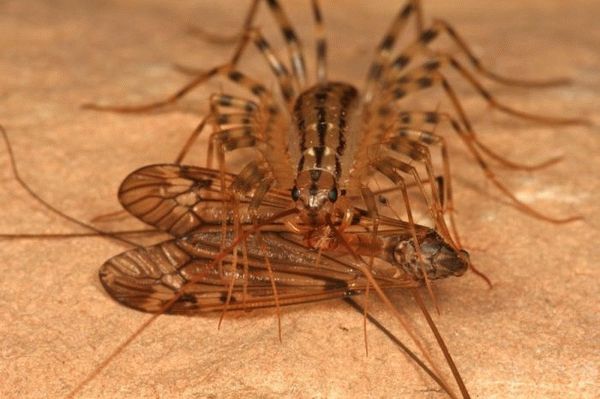
The centipede injects its victim with poison by injecting it through the bite
In winter, even being in a warm room, flycatchers "hibernate", dying in some secluded corner. With the onset of spring, they wake up, leave the shelter and begin a new hunting season.
The domestic centipede can catch several victims at the same time. While eating one insect, the other keeps it in its tenacious paws.
Centipedes are very sensitive to changes in the microclimate. The long whiskers of the insect easily "read" even the smallest fluctuations in air temperature, and also feel a draft or any other danger. When such uncomfortable conditions arise, flycatchers immediately run away to a cozy place.
Food
Knowing what a centipede (centipede) looks like, it is impossible to confuse an arthropod with others. Many people start a similar exotic at home.
Centipedes are almost omnivorous at home. What is the main food for them, any knowledgeable biologist will tell. From various literary publications and the Internet, you can find out what the centipede eats.
The main food of centipedes:
- night crickets;
- lizards;
- flies;
- earth worm;
- grasshoppers;
- bugs.
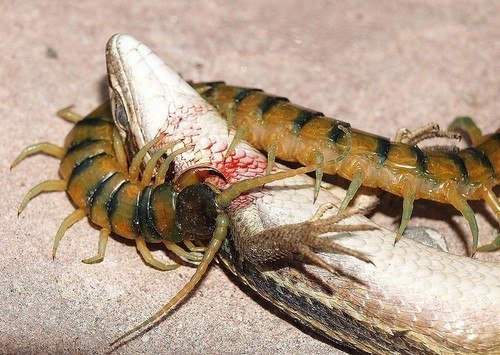

The giant species of animals that live in the Americas eat larger lizards, toads and even mice.
It also attacks bats, climbing to the very top, looking for prey. The centipede digs into the mouse with its front claws, and wraps its body around the victim and poisons it with its poison.
Is a centipede bite dangerous?
People are often afraid that the centipede poison that acts on insects may be directed against them. Of course, the common flycatcher is capable of biting a person, but this is unlikely to cause significant harm. This arthropod can attack people only in self-defense.... In general, a centipede is not even always able to bite through the skin. They say that if the puncture is successful and the insect has released poison, then the sensations will be comparable to a bee sting.
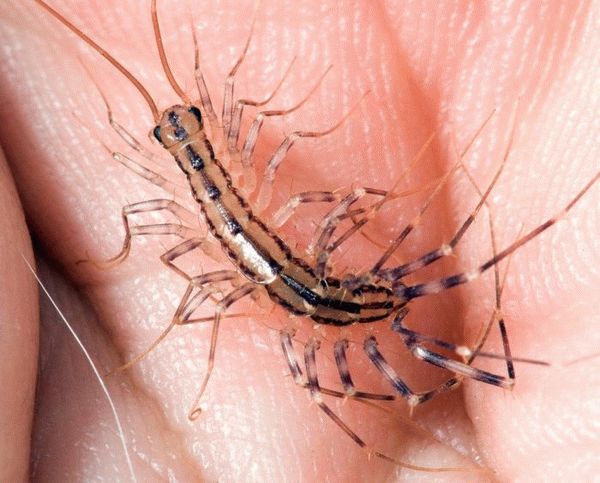

Often, a centipede is simply unable to bite through human skin.
Standard bite symptoms:
Flycatcher venom is practically harmless to humans. The greatest danger is the possibility of an allergic reaction. Defending itself, the centipede may try to bite pets as well. Even in this case, skin damage is unlikely.
But a scolopendra bite is much more dangerous. The poison, of course, is not fatal (if it is not a tropical species of insect), but it causes tangible painful symptoms, provoking severe swelling of the skin. A small pet may even die from the poisonous attack of the scolopendra.
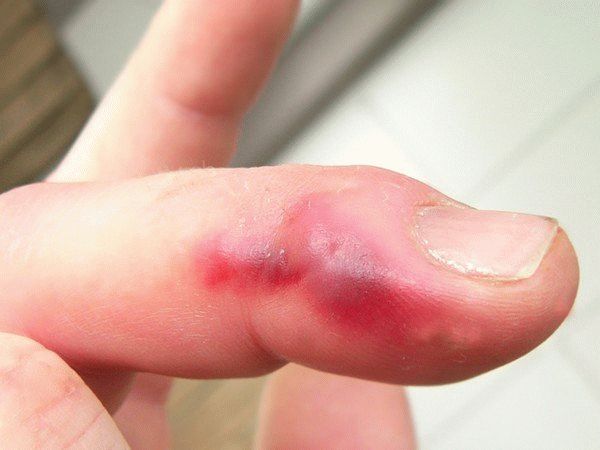

Scolopendra, unlike centipedes, can harm humans
First aid
When bitten by a house flycatcher, you need:
- Wash the affected area with warm water and soap.
- Wipe with any disinfectant solution: rubbing alcohol, calendula tincture, cologne, boric acid.
- If there is swelling and severe burning, then apply a cold compress.
- If necessary (the presence of an allergic reaction), drink a single dose of an antihistamine.
It is necessary to consult a doctor if you have the following alarming symptoms:
- severe malaise;
- nausea;
- vomiting;
- clouding of consciousness.
Usually, such symptoms are not observed with a bite of a house flycatcher.
With a scolopendra attack, the picture is completely different. First of all, severe edema may appear. For example, if a hand was bitten, then sometimes it even swells up entirely. A mandatory (except in rare cases) reaction of the body will be an increase in body temperature and a general deterioration in the condition.
In such cases, you need to see a doctor. A warm compress should be used as a "handy" first aid. Alternatively, you can place a heating pad on the bite site. This contributes to the destruction of the scolopendra venom.
Characteristics of scolopendra
Scolopendra can be found throughout the world in warmer regions of the world, including North America, South America, Europe around the Mediterranean Basin, Asia, Australia, and Africa. The venom delivery device consists of a modified pair of forelegs just behind the jaws. The venom is produced in a gland, usually located at the base of each pair of legs, and is injected through the ducts when the venom of the scolopendra enters the victim's tissue. Centipede venoms have not been studied as extensively as spider and scorpion venoms, but they contain a wide variety of components, including 5-hydroxytryptamine (serotonin), histamine, metalloproteinase, hyaluronidase, pore-forming toxins, CAP proteins, and ion channel modulators. In addition, some centipede poisons can induce endogenous histamine release.
Ways to deal with centipedes in an apartment
Not all standard apartment insect control methods are suitable for eliminating centipedes. For example, the sticky traps recommended by many are ineffective and even useless. The fact is that even after a good "stuck", flycatchers run away without a few torn off paws. New limbs then quickly grow back. You cannot frighten these arthropods with poisoned baits either. They feed exclusively on insects, and the bait in the form of flies and cockroaches has not yet been invented.
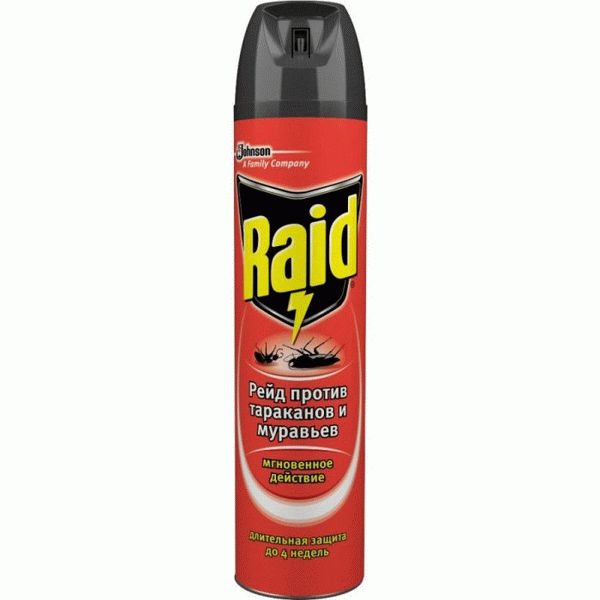

In the fight against centipedes, universal remedies for domestic insects will help: sprays, aerosols, fumigators
The “highlight of the program” for getting rid of flycatchers is the extermination of insect pests. After the centipede is deprived of its constant food source, it will be forced to leave the house.
It must be remembered that flycatchers are found in small numbers in living quarters. They do not breed in an unfamiliar environment. Therefore, it is enough to simply catch them and release them into the street. If you still lean towards drastic measures, then you can kill the insect in any common way. Of the chemicals, sprays are more suitable:
You can also use products that do not require spraying:
- Globol Origina paste;
- granules Lambda zone;
- aquafumigator Raptor.
Preventive actions
To prevent the centipede from starting in the apartment, you need to avoid excessive dampness and remember that the creature will not live in a dry room. For this, the following preventive measures should be provided:
- systematic cleaning in "wet" rooms: bathroom and shower, thorough dry wiping of pipes and tiles;
- timely sealing of cracks and cracks in windows, on the floor, at the joints of water pipes;
- fighting insects in the house;
- destruction of mold in the apartment;
- do not allow stagnation of water in the trays of flower pots;
- periodically you need to ventilate and dry the house.
Loading ...
Prevention methods
The main way to protect yourself from flycatchers is prevention:
- Put things in order in the area adjacent to the house. Remove fallen leaves, dry grass, debris.
- Clear the walls of your home from climbing plants.
- Dry the subfloor, basements. Indoor centipedes love moisture. If the conditions are unsuitable, the insects will leave on their own to look for a more comfortable place.
If you live in a city apartment, then it is important, first of all, to restrict the insect's access both from the street and from the neighboring apartment. This can be done by the following mechanical methods:
- Eliminate cracks and cracks in window frames.
- Putty the skirting boards (or even renew them).
- Install screens over ventilation openings.
Life cycle
Mating females lay their eggs in the soil.Some species lay them separately, others lay them in clusters. Depending on the type, the female can lay from several tens to several thousand eggs per life.
Learn more Mice: what they eat, how long they live, how to deal with them
Centipedes undergo incomplete metamorphosis. Once the young hatch, they remain in the underground nest until they shed at least once. With each molt, more body segments, more legs are obtained. It takes many months to come of age.
Testimonials
Why remove a centipede? A few months ago I threw this one out on the street, but after that I got cockroaches, now I can't, I spray everything with a special agent, there are practically no cockroaches, of course, but damn it, it would be more effective with a flycatcher. The thought came to me about where to buy it. I was already thinking about going to a pet store or something else and finally taking this pet. I would have settled her at home, even if I would run and eat all the insects.
If you have centipede problems only inside your home, you can sprinkle a powdered residual insecticide in the places where flycatchers usually hide - cracks in the walls, dark corners in the basement, on the technical floor and under furniture. Keep in mind that centipedes will need to walk through the powder as they are predators, hunt moving prey and do not go for bait.
ANNA YAKOVLEVA
From centipedes I popped Raid under the bathtub. For almost six months, centipedes did not appear. Last week, going into the bathroom again, I saw the centipede run under the bathtub. Thinking about the Raid in time, I treated all the nooks and crannies in the bathroom with it. Going into the bathroom 5 minutes later, I saw a dead centipede crawling out from under the bathroom. The result pleased me once again.
Clarushka
Centipedes are harmless insects. They may even be helpful in controlling indoor pests. But if such a neighborhood confuses and raises concerns, then you should simply block their way to your home and create unfavorable conditions for living. Chemicals in the fight against the flycatcher are an extreme measure.
Folk recipes against millipedes
Since you can get rid of centipedes in various ways, in a private house you should use folk recipes.
Purchase hot cayenne pepper and sprinkle it in areas where centipedes have been most commonly seen. The composition has an excellent deterrent effect. Keep in mind that neither children nor animals should have access to sprinkled peppers.
# 2. Boric acid
Many known substance acts on pests as a neuroparalytic. You can buy acid at the pharmacy. Spread the composition in areas of greatest insect activity. As a result, the number of pests in the house will be drastically reduced. The substance is completely safe for humans and animals.
The tool showed itself only from the best side. Plus, it's completely safe. The method of application is similar to boric acid. Spread the powder over pests. The effect appears rather quickly.
It is not hard to figure out how to get rid of centipedes. Consider all the options presented and choose the most suitable for you. In a private house, you can use folk remedies or professional compositions.
Traps can be crafted using ingredients such as:
- boric acid;
- hot red pepper
With the help of these tools, you can force the scolopendra or flycatcher to leave the room. The effectiveness of folk methods will be maximum only if their number is small. It is necessary to set up homemade traps in places where centipedes appear and restrict access to them for children and animals.
Red pepper
Its pungency will help to get centipedes out of the house forever, if the tool is updated in a timely manner.
It is necessary to pour ground red pepper in places where flycatchers are often found.He will drive away not only centipedes, but also other unpleasant insects from the house. In this case, it is worth taking precautions so that pets and children cannot experience the effect of hot pepper on themselves.
We suggest that you familiarize yourself with the Norms of changing bed linen
Boric acid
Another affordable and effective insecticidal agent for centipedes is boric acid. It is more used by gardeners as a means of fighting ants. The drug has a nerve-paralytic effect, but only after a long-term critical accumulation in the body can the drug kill. For example, it takes 8-12 days for cockroaches to die, while ants need only a few hours to develop paralysis, as a result of which death overtakes them. If such an ant is eaten by his fellows, then the same fate awaits them.
The boric acid solution is sprayed onto walls, floors and baseboards. You can sprinkle the powder in the places where centipedes are found in the apartment. The drug is not toxic, but you can get burned.
Freezing
If you leave your home in extreme cold without heating for several days, the centipedes will die or run away to warm to their neighbors. Freezing is the safest way to eliminate dire flycatchers and centipedes from your home.
What is a centipede and what does it look like?
The centipede looks like both a furry spider and a worm at the same time. She quickly appears and disappears just as quickly. Those who think that the centipede is an insect are wrong. This is an arthropod animal, the body of which consists of 15 segments, each securely covered with a layer of quinine. Its size can reach 6 cm. The scolopendra has a threatening appearance (you can see in the photo above) due to the specific structure of the legs - each subsequent pair is longer than the previous one. The last legs have transformed into leg jaws, so it is difficult to immediately determine where her head is and where her tail is.
A distinctive feature of centipedes is a large number of pairs of legs, and with age, new ones grow all the time. An adult has 15 pairs of legs. The centipede's main sense organ is complex compound eyes and hypersensitive antennae. With them, she catches many parameters of the external environment, can feel the approach of danger and find the most comfortable place for herself. What an ordinary household scolopendra and other related species that live in natural conditions look like can be seen in the photo.
The body is shaggy, consists of segments with a high degree of freedom, which gives the centipede dexterity of movement and excellent reaction. Due to the articulated structure of the body and the special organization of the legs, the centipede moves very quickly - up to 60 cm per second, both on horizontal and vertical surfaces.
general description
The giant scolopendra came to this planet, apparently, straight from a nightmare. This centipede reaches a quarter of a meter in length, and its body consists of 21-23 sections, each of which is equipped with a pair of quick dexterous legs 2.5 cm high. Scolopendra giant lives in South America, Puerto Rico and Jamaica.
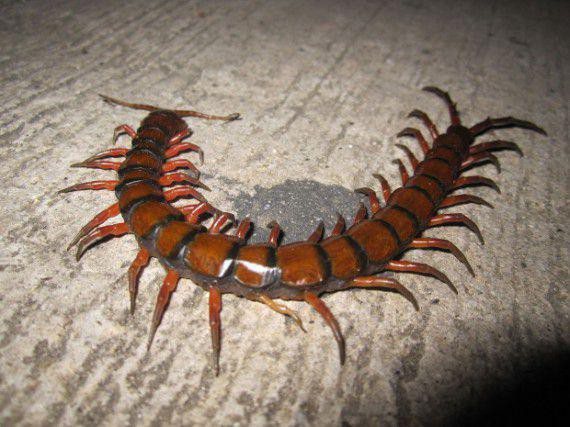

The centipede's head is equipped with strong jaws filled with venom - thanks to this, it is able to hunt animals that are much larger than it in size, for example, bats. In addition, the scolopendra is characterized by an irritable and nervous character, which is facilitated by the lack of vision - the eyes of the animal can only distinguish between light and darkness. This makes the scolopendra rather suspicious, and in response to a threat, she prefers to attack, injecting a paralytic poison into the victim.
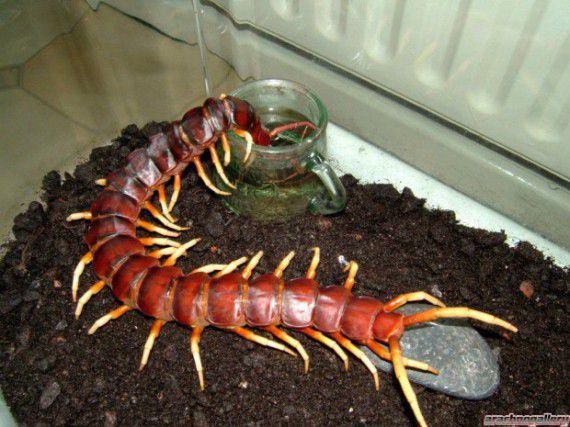

Being hungry, the centipede becomes very aggressive, it is able to develop high speed when hunting, and the agility and mobility of its body allows it to hunt even small birds. Scolopendra devours the victim gradually, since its digestive system is very primitive.For example, once researchers observed how she dines on a killed bat - in 3 hours she ate and digested about 35% of the victim's body.
The giant centipede is included in the list of the most dangerous animals. In addition, she has a repulsive appearance and has one unpleasant feature - she is not at all afraid of people. It is a cold-blooded predator that hunts not only small invertebrates and beetles, but also lizards, birds, mice and frogs.
What does a flycatcher eat?
The flycatcher is a predator and feeds on insects. It is not dangerous for people. Moreover, having settled in a house or apartment, the flycatcher destroys common pests: flies, cockroaches, ticks, ants. At any time of the day, she looks for prey, hunting exclusively for the cold-blooded inhabitants of the apartment, so she is not afraid of a warm-blooded person and pets.
She is able to eat only small insects, which she can grab with her legs. A centipede can bite a person at home only at the moment of an attack on it in order to protect itself. The millipede bite is poisonous, but in humans it can cause a mild allergic reaction that quickly passes.
Centipedes catch household pests, but do not eat them right away. First, the centipede paralyzes insects with its toxins with the help of its long jaws, and eats them after hunting. To do this, the animal looks for a secluded safe corner, where, slowly, it spends its meal. Several insects can be caught while searching for food. The flycatcher holds its victims with numerous pairs of legs in a paralyzed state until the moment it eats them.
Varieties of scolopendra: appearance and structure, range and habitat, features
Apart from some similarities in their morphology (number of legs, segmental structure of the body, etc.), even related species of millipedes differ from each other. The difference in size, habits and lifestyle of scolopendra is dictated by the conditions in which they exist. In nature, the habitat of these arthropods is huge.
Giant scolopendra
The giant centipede is the largest member of its family and is found in South America. Has a characteristic copper-red (less often - black) body color and bright yellow - legs. The dimensions of the giant centipede reach 35 centimeters, which allows it to hunt birds, bats and predatory snakes.
The venom of this centipede is characterized by a complex chemical composition. It includes:
- acetylcholine;
- serotonin;
- histamine;
- lecithin;
- thermolysins;
- hyaluronidase.
In humans, the bite of a giant scolopendra causes a fever, accompanied by fever, weakness and pain throughout the body. This is due to the high concentration of the toxin in the saliva of the arthropod.
Californian scolopendra
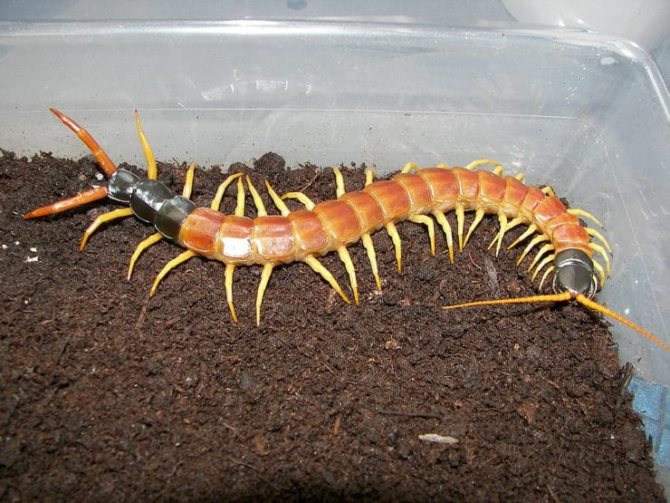

The California centipede as a species originated in the United States and Mexico. As a typical inhabitant of its region, the arthropod prefers an arid climate, which is radically different from any of its counterparts.
The length of the Californian centipede barely reaches 20 cm, but it is difficult not to notice it even from afar. This is due to the bright orange color of the centipede. A flashy color signals the toxicity of the species. You can get poisoned by simply touching this disturbed arthropod.
Scolopendra ringed
Ringed centipede is widespread in Southern Europe and North Africa. It is also found in the Russian latitudes, where it is called Crimean (the name was given to the Khilopod for the region of preferential habitation).
The length of the ringed scolopendra varies between 10-15 cm. Its venom is much less toxic than that of its larger relatives. In Crimea, the ringed centipede quite often crawls into the tents of tourists, but even then it does not pose a danger to people.
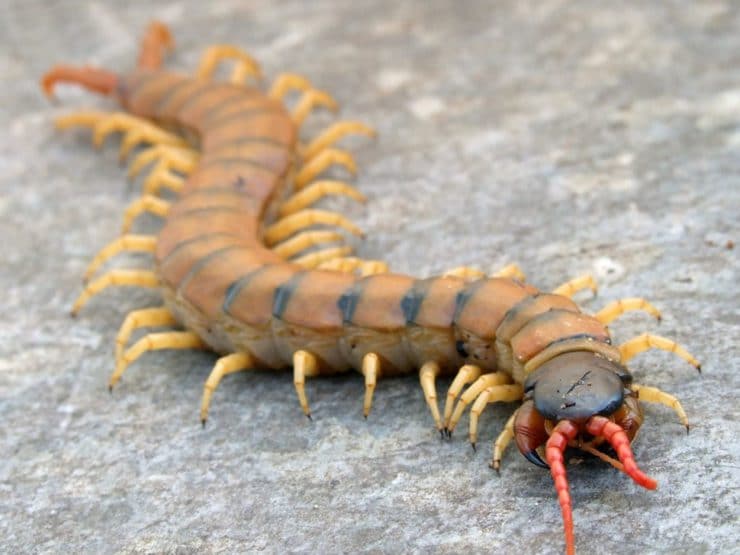

Other types
Chinese redheads and Lucas centipedes, Seychelles and Vietnamese subspecies ... There are many types of chylopods on the planet, worthy of a separate detailed mention.Some people keep as pets, others are exterminated as the most dangerous (for example, the Vietnamese centipede often attacks children), but they are all equally interesting to study.
How to remove a centipede at home?
Getting rid of the flycatcher is not so easy, because, like all centipedes, it is not afraid of any stickies. Having lost several legs, the animal immediately regenerates them. The baits are also useless, since she only eats insects. No matter how much you run after the fly eater, the agile creature will run away anyway. To combat the centipede, it is necessary to eliminate conditions favorable for its life and reproduction. As a last resort, chemical treatment can be applied. To take out unpleasant inhabitants on your own, you must:
- Check all windows, doors, plumbing joints. If there are any gaps, close them up. The centipede only penetrates where it is humid and dark.
- Check the soil in flower pots, as well as places in the kitchen where moisture can accumulate (cupboards, etc.).
- Repair wooden floors: repair cracks, paint or varnish the surface. The flycatcher is afraid of the smells of dyes.
- Remove insects in the house. In the absence of food, the centipede will leave the room itself.
- Tidy up the sheds, basement, carefully check wooden boards and tools, especially if they have already become dark gray or black from old age.
Don't try to catch and kill a centipede. She runs very fast, and can bite if life is threatened. In a summer cottage, in a garden or vegetable garden, you should not get rid of these creatures. By destroying pests, they are of great benefit, and they do not pose any danger to trees and beds.
There are times when mechanical methods of dealing with flycatchers do not help, and there are many centipedes in the house. Chemical control methods are the use of traditional insect control drugs. It should be borne in mind that all toxic substances on millipedes are weaker, since their body is reliably protected by a layer of quinine. Rather, the animal will simply leave the house from the unpleasant smell. Preparations for getting rid of centipedes:
- Dichlorvos;
- "Insecticide Medilis-Ziper" is an effective but toxic agent, it must be used in strict accordance with the description and instructions that are attached to the drug;
- gel "Great Warrior";
- aerosol "Reid".
Defense mechanisms
Due to insufficient speed and inability to bite or sting, the centipede's main defense mechanism is to curl up into a tight spiral, protecting the thin legs inside the armored exoskeleton.
Many species give off various unpleasant liquid odors as secondary defenses through microscopic holes called ozopores located along the sides of the body.
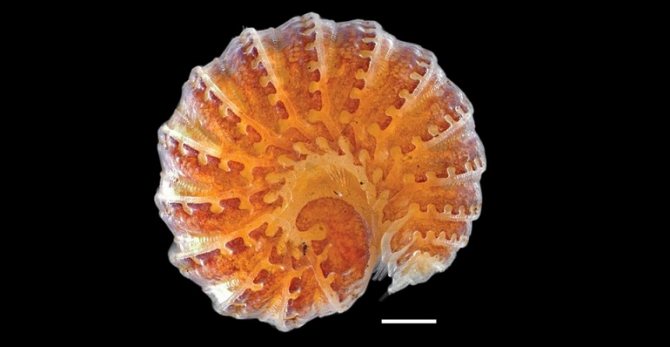

Among the many irritating and toxic chemicals in secretions are alkaloids, benzoquinones, phenols, terpenoids, hydrogen cyanide.
Some are caustic and can burn the exoskeleton of ants, other insects, the skin and eyes of large predators. Primates such as capuchin monkeys and lemurs have been seen deliberately irritating centipedes and rubbing chemicals on themselves to ward off mosquitoes.
Some of the protective compounds exhibit antifungal activity.
Bristly centipedes (order Polyxenida) lack an armored exoskeleton and smelly glands. Instead, they are covered with numerous bristles, which Polyxenus flaviculatus separates and launches at the ants.
What to do if you are bitten by a centipede
But if you are still bitten by a centipede, be prepared for the following consequences (let's just warn you, not deadly). the mustache can be very painful and go away slowly, within 1-2 days.The main symptoms that you may have are: at the very moment of the bite, there will be a sharp and prolonged pain; the intensity of pain can be varied (from nonsignificant to “10” on a 10-point scale of pain); body temperature may rise; you may feel severe weakness; sooner than all, the sensitivity of the skin in the area of the bite will significantly increase, edema and redness will appear, as well as loss of sensitivity and a feeling of numbness may occur.
Scolopendra are somewhat similar to wasps, which do not leave stings in the wound and can sting a person several times in a row. Often, at the moment of detection by a person, this creature still continues to inflict multiple punctures, introducing even more poison. Usually centipedes bite when a person is resting in bed, but they can crawl into clothes and bite at the moment when you start getting dressed.
But there is good news: centipede bites are not deadly! In order for a person to die from its poison, it is necessary that he be simultaneously bitten by several thousand individuals!
Useful tip: if you are bitten by a centipede, find a heater at home, fill it with moderately hot water (up to 45 degrees C) and attach it to the bite - this simple measure should make it easier. Scientists have not yet found an explanation for this phenomenon, but they suspect that this is possible due to the fact that some components of the scolopendra venom are unstable to heat exposure. The second medicine is ice and analgesics.
Are centipedes dangerous for the home?
And for clothes, paper documents, furniture and other items, you can not worry. The centipede is neither a moth nor a scaly. Your things don't interest her at all. Another thing is that some centipedes can ruin the air in the house due to the fact that they emit a foul-smelling secret - but even then it is unlikely - there must be too many of these articipods in your house for you to smell it. In addition, since centipedes are plant “scavengers”, they may be interested in rotting wood. We advise you to frequently check the lofts and cellars for moisture and for such "yummy".
We hope we didn't intimidate you. Therefore, let's in the end, in order to “whitewash” our heroes a little, we will tell you why centipedes are useful. They are very active in destroying pests. Their diet includes bedbugs, flies, cockroaches, termites and even spiders. So sometimes centipedes transform into real "guards of housing" from even more harmful creatures. Therefore, if you are not afraid of such many-legged neighbors, then live with them “in peace and harmony”.
Natalia Toropova
Interesting behavior
The flycatcher makes good use of its long legs. Can move at an alarming speed - the equivalent of over 64 kilometers per hour in human terms. This will scare even the most die-hard arthropod lover. Athleticism shouldn't scare you. The house flycatcher is simply well equipped to chase and catch prey.
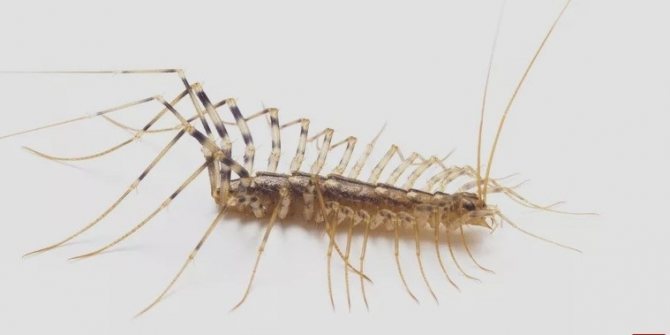

Just as their speed helps to capture prey, it also allows the centipede to avoid predators. If the predator manages to grab a leg, it throws off the limb and runs.
Oddly enough, the severed leg will continue to move for several minutes after its owner leaves the scene. Shedding even in adulthood and restoring lost limbs.

